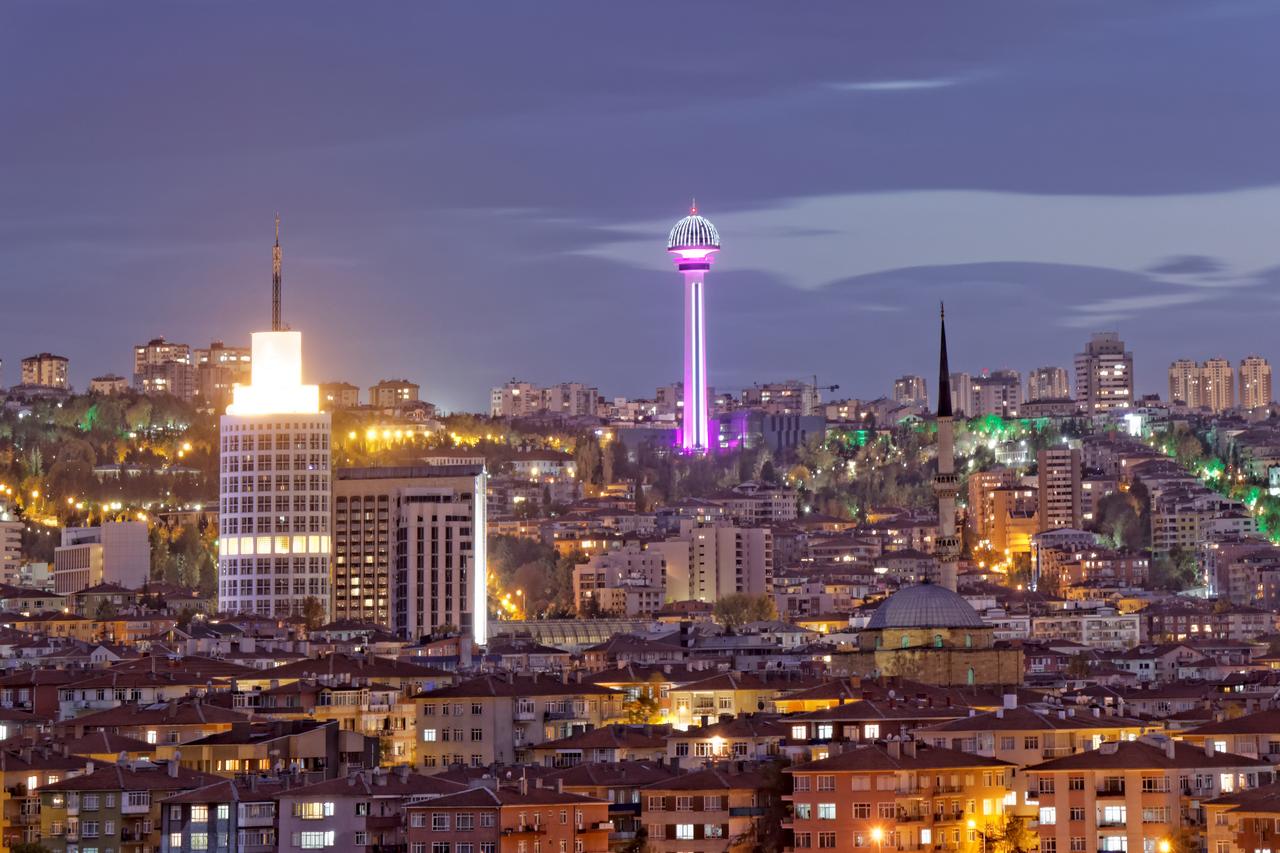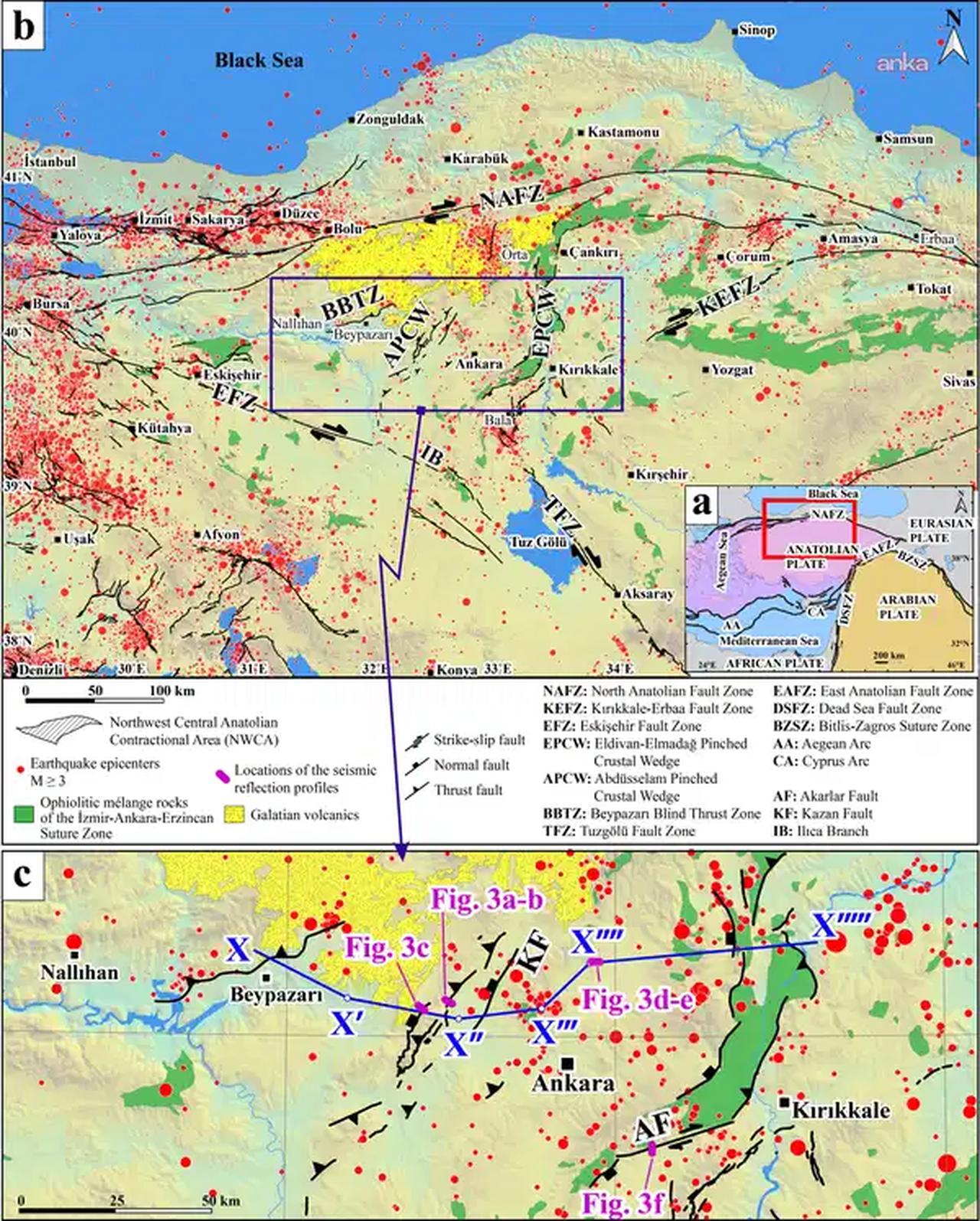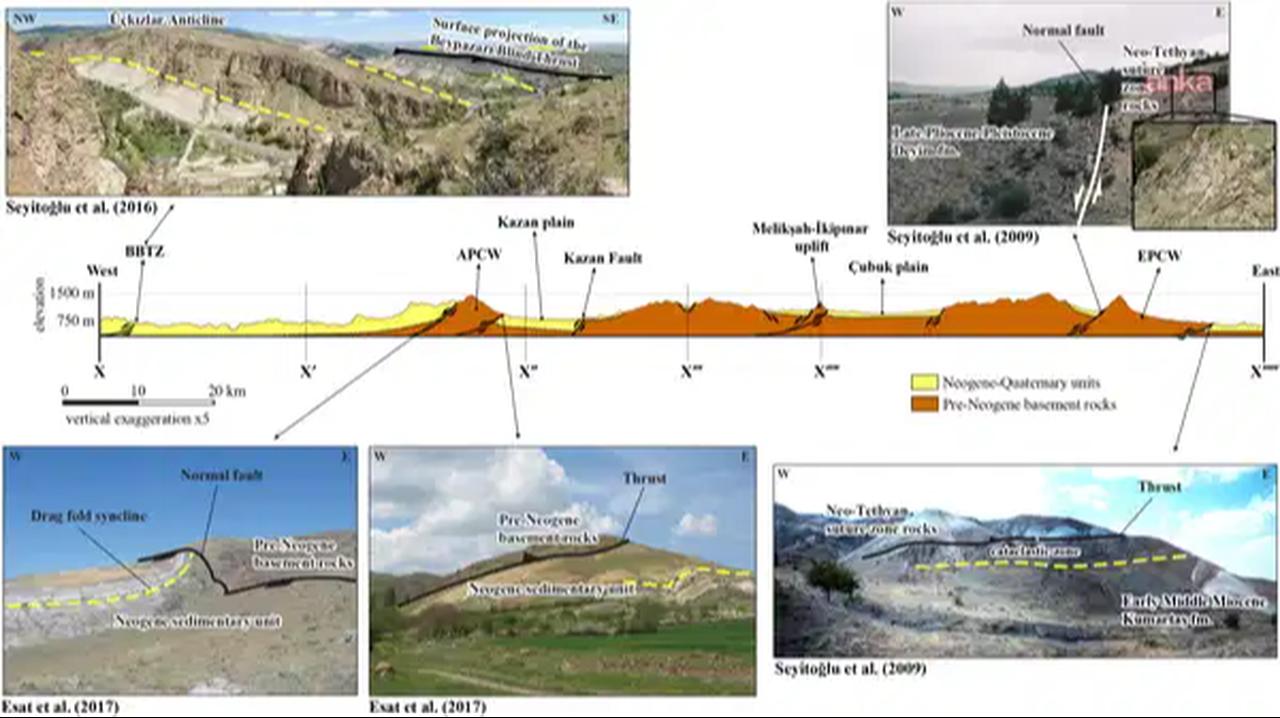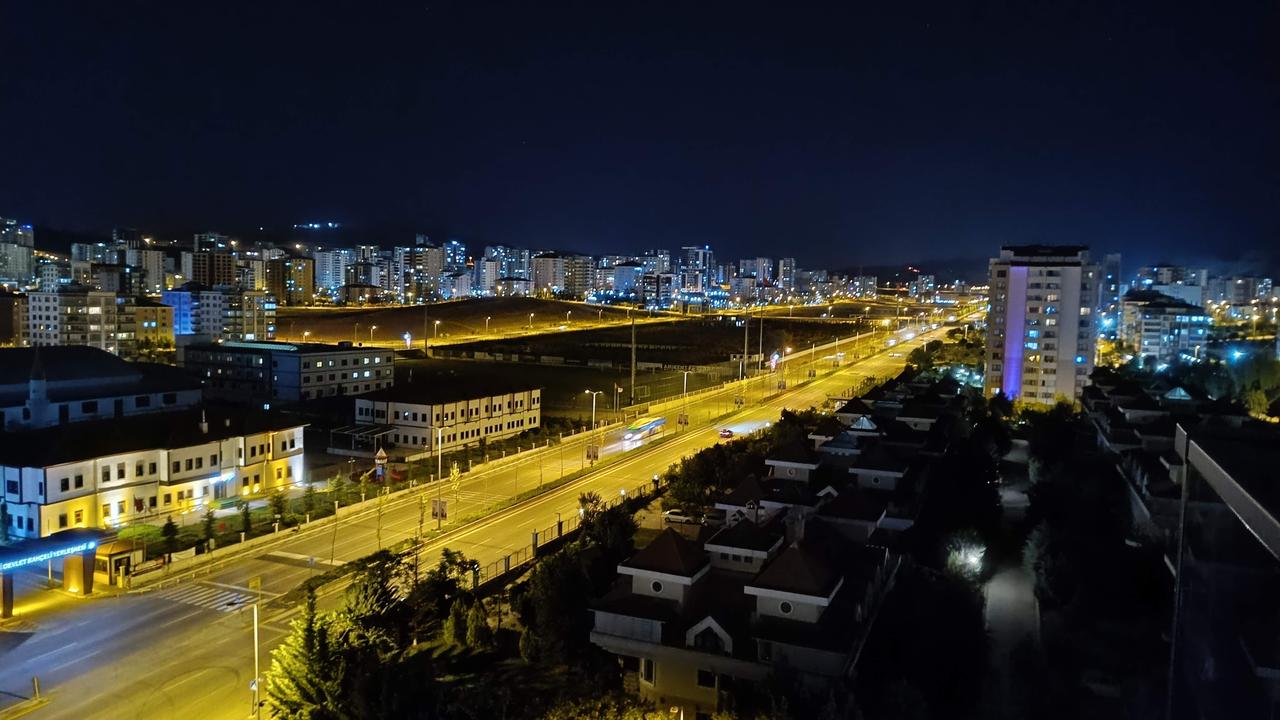
Although Ankara is classified as lying in the third and fourth earthquake zones of Türkiye, experts underline that the capital is far from risk-free.
While no major fault line cuts directly through the city center, numerous active faults run beneath its border districts. These include segments of the North Anatolian Fault, the Keskin Fault in nearby Kirsehir, and smaller fault systems beneath Bala in the Haymana region.
Geoscientist Professor Yusuf Kagan Kadioglu explained that the North Anatolian Fault lies just 100 kilometers (62 miles) north of Ankara. He noted that even without a tectonic line under the city, any quake along this powerful system could indirectly but significantly affect the capital. “Therefore, Ankara must always build earthquake-resistant structures,” he said.

Professor Gurol Seyitoglu of Ankara University emphasized that the city is mistakenly perceived as safe.
He pointed out three nearby active fault structures: the Eldivan-Elmadag Tectonic Wedge, the Abdusselam Tectonic Wedge, and the Beypazari Blind Thrust Zone.
According to Seyitoglu, any rupture of the Eldivan-Elmadag segment could trigger a quake of magnitude 6.5 to 7.
Seyitoglu warned that Demetevler, a densely populated district with weak building stock, should be prioritized in urban renewal projects. He also drew attention to the dangers of Ankara’s glass-clad high-rise towers. Even if such towers did not collapse, he said, the oscillation of their glass facades could endanger pedestrians.

Research shows that Ankara sits where the Kirikkale-Erbaa, Eskisehir, and Tuzgolu faults intersect. This convergence causes compression in the region, and GPS data indicates that the Eldivan-Elmadag zone absorbs most of this stress. Seyitoglu noted visible signs such as rivers deeply cutting into the terrain and the steady uplift of the Elmadag mountain. He argued that further paleoseismological studies are urgently needed to determine the recurrence interval of quakes in this area.
He also called for state funding for scientific research, stressing that reliable earthquake studies cannot depend on scientists chasing private sponsors.

Another serious concern lies within the city. On Aug. 11 2025, Ankara experienced a magnitude 3.2 tremor felt strongly in Umitkoy, Cayyolu, and Baglica.
According to Huseyin Alan, head of the Chamber of Geological Engineers, this event revealed the presence of the Baglica Fault, a 25-kilometer-long structure running beneath Ankara. He warned that the fault is active and capable of producing earthquakes above magnitude 6.
Alan underlined that this discovery changes long-held assumptions. Until recently, Ankara was thought to be affected only by quakes along the surrounding fault systems.
However, evidence now shows that the capital itself hosts a fault line capable of producing destructive shaking.